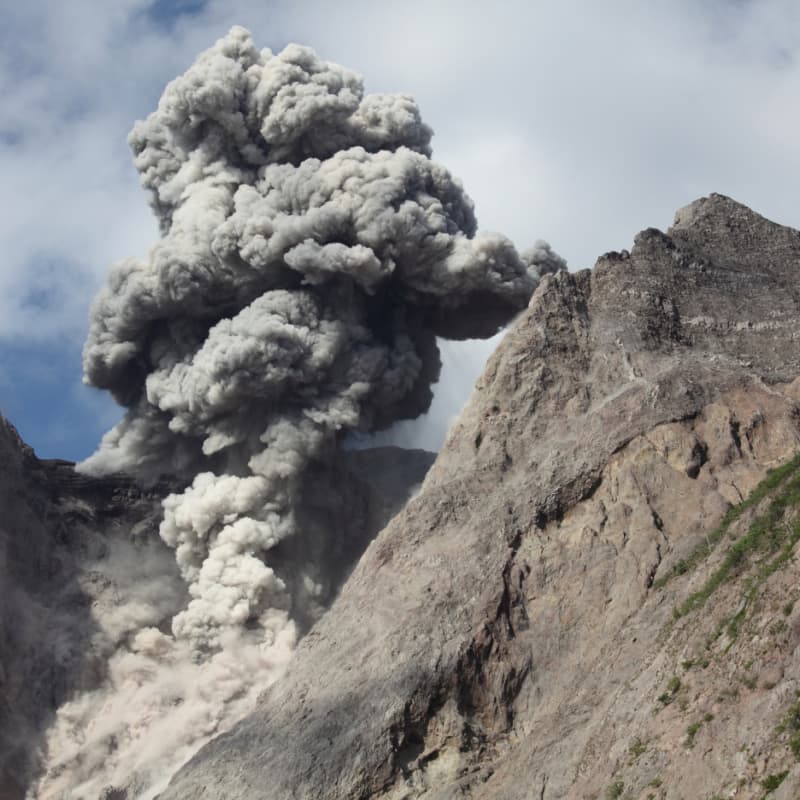Ash Clouds Force Flight Warnings Across Red Sea, Arabia and South Asia
Satellite detection of a high altitude volcanic ash and sulfur dioxide plume following an explosive eruption on November 24 prompted aviation advisories and flight disruptions across the Red Sea corridor and beyond. The warnings matter because they affect safety critical air routes linking the Horn of Africa, the Arabian Peninsula and South Asia, with knock on effects for commerce, humanitarian operations and regional connectivity.

On November 24 an explosive volcanic eruption produced a high altitude ash and sulfur dioxide plume that was detected by meteorological satellites, prompting immediate monitoring and advisories from Volcanic Ash Advisory Centers and national aviation authorities across the region. The plume was tracked as it drifted eastward across the Red Sea, with trajectory forecasts indicating continued transport toward parts of the Arabian Peninsula and South Asia.
Aviation authorities issued NOTAMs and flight warnings as plume models were updated through the day. Several airlines adjusted routings to avoid forecasted ash concentrations, and news coverage of the event reported at least one flight diversion as crews rerouted in response to the plume’s eastward drift. Civil aviation bodies and VAACs coordinated model updates and shared information with air navigation service providers and carriers, emphasizing margin of safety for jet operations in airspace potentially affected by volcanic particulates and acidic gases.
Volcanic ash presents a well known hazard to aircraft, including abrasive damage to engines, windshields and flight instruments, and the presence of sulfur dioxide can complicate atmospheric effects at flight levels. Because of these hazards, aviation planners rely on satellite imagery, ground based observations and chemical transport models to issue advisories and NOTAMs that set temporary constraints on routes and altitudes. The current episode has underscored the complexity of managing long range air routes that pass over relatively narrow maritime corridors such as the Red Sea, where limited alternatives can increase the operational impact of plume advisories.
The region affected by the plume is commercially vital. Airlines operating between East Africa, the Arabian Peninsula and South Asia routinely use Red Sea airways that provide the shortest track between markets. Disruptions can cascade, affecting cargo flows, perishable goods supply chains and schedules for business and religious travel. For countries that depend on a small number of air links, even short term diversions can impose disproportionate costs on passengers and shippers.

Meteorological agencies are also watching potential surface level impacts from sulfur dioxide, particularly in coastal and downwind communities where air quality could be affected if concentrations are sufficient. Authorities said they would continue to monitor satellite derived SO2 maps and ground based sensors to guide public health messaging. Internationally, the episode highlights the ongoing need for timely data sharing among neighboring states, aviation regulators and international bodies such as the International Civil Aviation Organization which sets guidance for ash contingency planning.
As airlines and authorities await further model updates, the primary focus remains on maintaining safe airspace management while minimizing unnecessary disruption. For travelers the immediate practical consequence is greater likelihood of route changes, longer flight times and in some cases diversions until plume forecasts clear established air corridors. For regional governments and carriers the event is a reminder of the strategic importance of resilient aviation planning in a region where geography concentrates traffic along a handful of vital routes.

